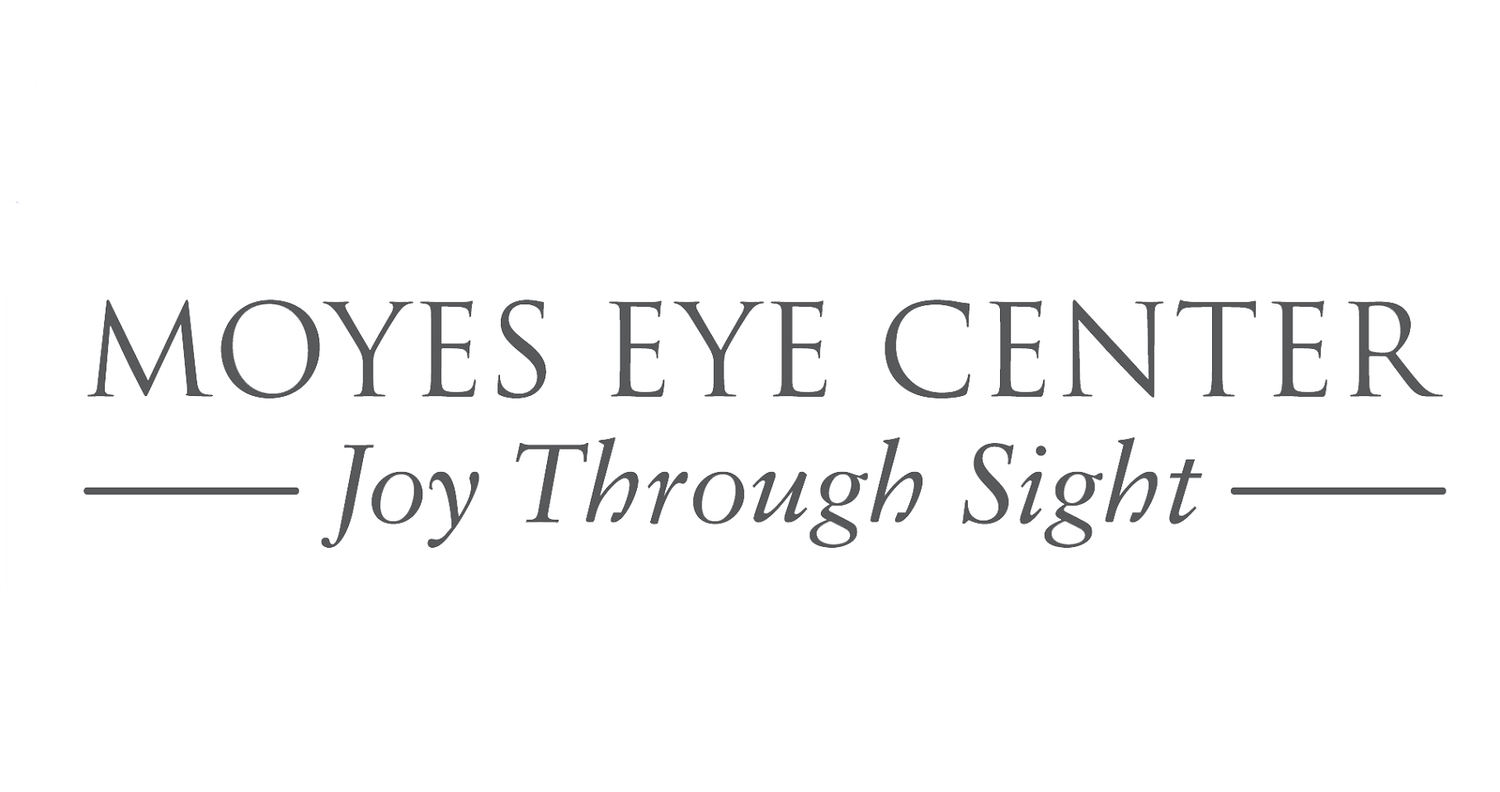Cataract Surgery Vision Decisions
Modern cataract surgery has become not only a vision restoration surgery, but has also become a vision correction surgery.
What do we mean by vision restoration and vision correction?
Standard cataract surgery involves removing the clouded lens (“the cataract”) that is reducing your vision and replacing it with a intraocular lens implant (IOL). This is the vision restoration surgery part, that should give you the ability to function well again with a change in your glasses or contact lenses.
Additional procedures and technology can be combined with standard cataract surgery to reduce your prescription and therefore reduce your dependence on glasses or contact lenses. This is the vision correction surgery part that can give you the ability to reduce astigmatism, nearsightedness, farsightedness or all of them together.
Take a moment to explore the options below by clicking on each to learn more about the vision correction options that can be added to your standard cataract surgery. At your cataract evaluation be prepared to discuss with the doctor your goals for your cataract surgery and they will be able to help guide you during this process.
OPTION #1
- This option makes sense for the patient that doesn't mind relying on glasses or contact lenses.
- The cataract will be removed and a standard monofocal lens implant will be used
- No additional procedures or technology will be used for vision correction purposes
- We expect to still rely on glasses or contact lenses for most visual tasks
OPTION #2
- This option makes sendse for the patient that doesn't mind relying on glasses or contact lenses, BUT would like to have their ASTIGMATISM reduced in the process.
- The cataract will be removed and a standard monofocal lens implant will be used
- Additional technology will be used for vision correction purposes to reduce ASTIGMATISM
- We expect to still rely on glasses or contact lenses for most visual tasks
OPTION #3
- This option makes sense for the patient that doesn't mind relying on glasses and contacts for intermediate and near tasks, BUT would like to have good DISTANCE vision without.
- The cataract will be removed and a monofocal lens implant will be used.
- Additional technology will be used for vision correction purposes to reduce astigmatism and achieve the best DISTANCE vision possible.
- We expect to still rely on glasses or contact lenses for intermediate and near tasks (computer and reading).
OPTION #4
- This option makes sense for the patient that doesn't mind relying on glasses and contacts for DISTANCE, BUT would like to have good NEAR vision.
- The cataract will be removed and a monofocal lens implant will be used.
- Additional technology will be used for vision correction purposes to reduce astigmatism and achieve the best NEAR vision possible.
- We expect to still rely on glasses or contact lenses for distance tasks.
OPTION #5
- This option makes sense for the patient that has worn MONOVISION contact lenses effectively OR who was born with one distance focused eye and one near focused eye and is used to this correction.
- The cataract will be removed and a monofocal lens implant will be used.
- Additional technology will be used for vision correction purposes to reduce astigmatism and achieve the best MONOVISION correction possible.
- Understanding that MONOVISION is not perfect, there may be times that glasses for certain tasks may be necessary.
OPTION#6
- This option makes sense for the patient wants to reduce their need for glasses as much as possible.
- The cataract will be removed and a MULTIFOCAL lens implant will be used.
- We understand that MULTIFOCAL lens implants can take time for some patients to adapt to because this is a different type of technology.
- Additional technology will be used for vision correction purposes to reduce astigmatism and achieve the best vision possible.
- We expect to still rely on minimal glasses for certain tasks.






